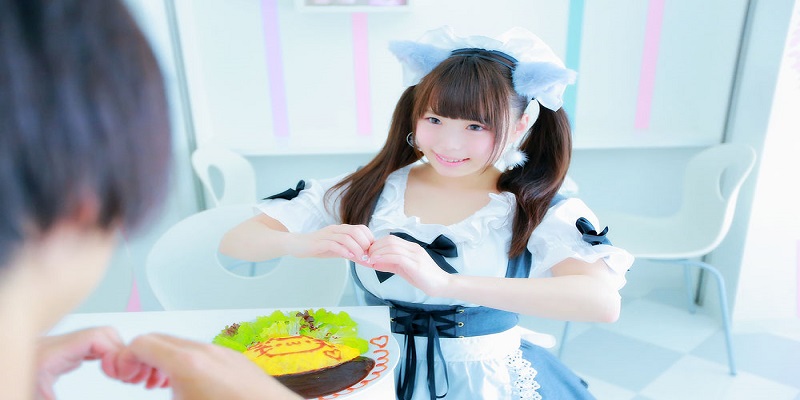Deep in the mountains, far from the urban hustle, lies Koyasan, a place that has etched 1200 years of history. This sacred site of Shingon Esoteric Buddhism, registered as a World Heritage site, allows you to deeply experience Japanese spiritual culture through a “Shukubo experience,” staying overnight at a temple. This article thoroughly introduces how to enjoy a Shukubo stay at Koyasan, focusing on “Ichijyoin,” a popular temple lodging that even first-timers can enjoy with peace of mind.
Savoring Shojin-ryori (Buddhist vegetarian cuisine), participating in early morning observances, and spending quiet time with sutra copying or Zen meditation. A Shukubo experience on Koyasan will offer more than just accommodation; it will provide soul-stirring emotions and healing. International visitors who are unsure about Japanese can also feel at ease by choosing a Shukubo that offers English support. So, why not experience a sacred night on Koyasan yourself?
Contents
What is World Heritage “Koyasan”? The Sacred Site of Shingon Esoteric Buddhism and Its Charm

Koyasan, located in the mountains of northern Wakayama Prefecture, is the head temple of Shingon Esoteric Buddhism, opened in 816 by Kobo Daishi Kukai. The group of temples spreading across a basin at an altitude of approximately 800m is registered as a “Sacred Sites and Pilgrimage Routes in the Kii Mountain Range” UNESCO World Heritage site, and attracts many pilgrims and tourists from Japan and abroad as one of Japan’s representative sacred places.
World Heritage Site: A sacred land registered with UNESCO, offering a touch of Japanese spirituality.
Kobo Daishi Kukai: Feel the essence of Kukai, the founder of Shingon Esoteric Buddhism.
Okunoin: The central place of Koyasan’s faith, lined with countless gravestones and memorial towers.
Tranquility and Nature: Surrounded by rich nature, forget the urban hustle and find peace of mind.
What is a “Shukubo”? A Worry-Free Accommodation Experience for First-Timers

Shukubo were originally lodging facilities for worshippers visiting temples. Unlike hotels or ryokans, their characteristic is that you can stay while experiencing temple life. Koyasan still has over 50 Shukubo, and many of them accept general travelers. To ensure a worry-free stay for first-timers, English support for foreign tourists has also been progressing in recent years.
Common Ways to Spend Time at a Shukubo
- Shojin-ryori: Savor traditional Buddhist cuisine made abundantly with seasonal vegetables and wild plants, without using meat or fish. It’s an experience that cleanses the mind and body, beautiful to look at too.
- Morning Service (Gongyo): You can participate in the early morning sutra chanting by monks held in the main hall. It’s an extraordinary experience in a solemn atmosphere.
- Sutra Copying (Shakyo) / Zen Meditation (Zazen) Experience: This is a time to calm your mind and reflect on yourself. You can experience copying sutras with a brush or quietly sitting in meditation (content varies by Shukubo).
- Garden Stroll: Each Shukubo has its own beautiful garden, where you can leisurely stroll and soothe your mind.
The Charm of “Ichijyoin,” a Popular Shukubo on Koyasan

There are many Shukubo on Koyasan, but among them, “Ichijyoin” is particularly recommended for international visitors. The reasons are its beautiful garden, substantial Shojin-ryori, and English-speaking staff. It houses a building designated as an Important Cultural Property associated with Kobo Daishi, allowing you to stay while feeling history and prestige.
Beautiful Garden: A meticulously maintained Japanese garden showcasing seasonal expressions.
Substantial Shojin-ryori: Heartfelt Buddhist vegetarian cuisine that is both visually stunning and delicious.
English Support: English-speaking staff available, ensuring a comfortable stay for foreign tourists.
Historic Building: An accommodation experience steeped in history within a designated Important Cultural Property.
For reservations at Ichijyoin: https://www.itijyoin.or.jp/en_inquiry/
Preparation and Precautions for Your Shukubo Experience

Dress Code: Generally casual, but for morning services, neat and modest attire is preferred. While there are no strict rules, avoid overly revealing clothing.
Check-in/Check-out Times: Check-in and check-out times may be more strictly set than at typical hotels. Confirm in advance and allow ample time.
Wi-Fi Environment: Not all Shukubo offer Wi-Fi. If needed, confirm in advance.
Heating/Cooling: Temple buildings are often old and may not have perfect air conditioning like hotels. It’s important to prepare clothing appropriate for the season.
Manners: Temples are sacred places. Refrain from loud talking, drinking alcohol, or any behavior that may disturb other worshippers or monks in training.
Access to Koyasan
- By Train:
- To Nankai Koya Line “Gokurakubashi Station” (approx. 90 mins by limited express from Namba Station, Osaka)
- From Gokurakubashi Station to “Koyasan Station” by cable car (approx. 5 mins)
- From Koyasan Station, buses are convenient to reach each Shukubo.
- By Car:
- Parking is available within Koyasan, but be aware of snow and ice during winter.
- Official Website (Koyasan Shukubo Association): https://eng-shukubo.net/
Experience the “Heart” of Japan with a Koyasan Shukubo Stay
A Shukubo experience on Koyasan is more than just encountering traditional Japanese culture. It’s a precious opportunity to forget the urban hustle, reflect on yourself, and refresh your mind and body. Especially, by choosing a Shukubo with English support, international visitors can safely experience a sacred night in Japan.
The taste of Shojin-ryori, the solemnity of the morning service, and meditation in a tranquil space. A Shukubo experience at “Ichijyoin” on Koyasan will surely be one of the most deeply memorable moments of your trip to Japan. We highly recommend trying this unforgettable experience in this sacred land on your next visit to Japan.











![11 Maid Cafe Ranking in Tokyo [Recommended even to beginners and ladies!]](https://jatrabridge.com/wp-content/uploads/slider/cache/11597c33ae53b47eb36a2f67968e635f/Maid-Cafe-Ranking-in-Tokyo2.3.jpg)










![Embrace the Serenity of Asakusa: An Introduction to Private Zazen Meditation at Kinryu-ji Temple [Tokyo Meditation Experience]](https://d3gy5wjocfgtwh.cloudfront.net/wp-content/uploads/2025/06/12221901/Private-Zazen-Meditation-in-Asakusa_0.jpg)




